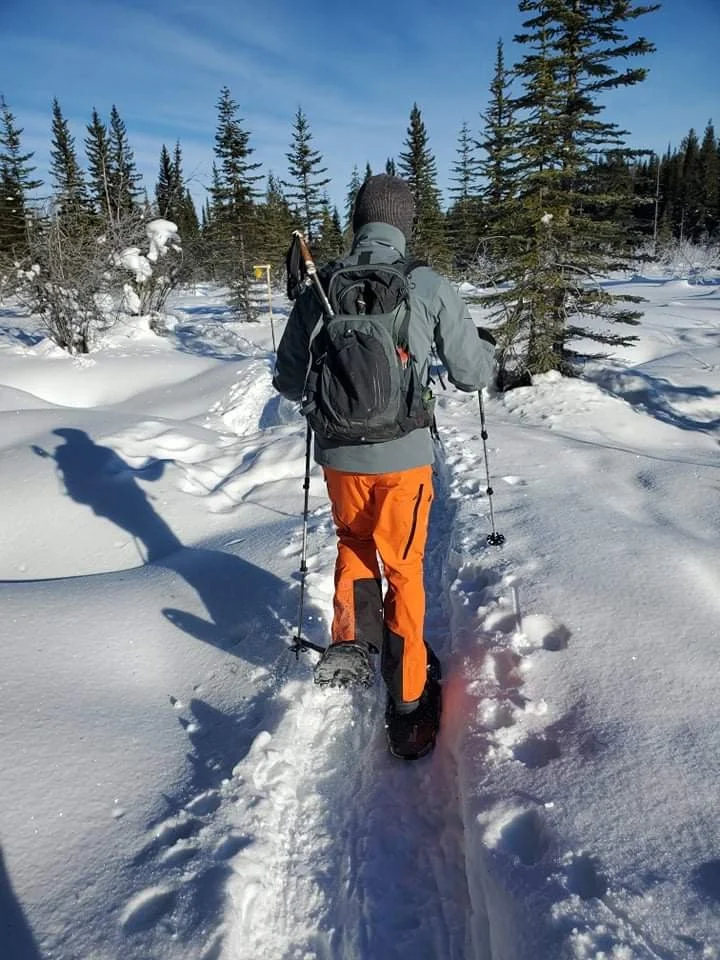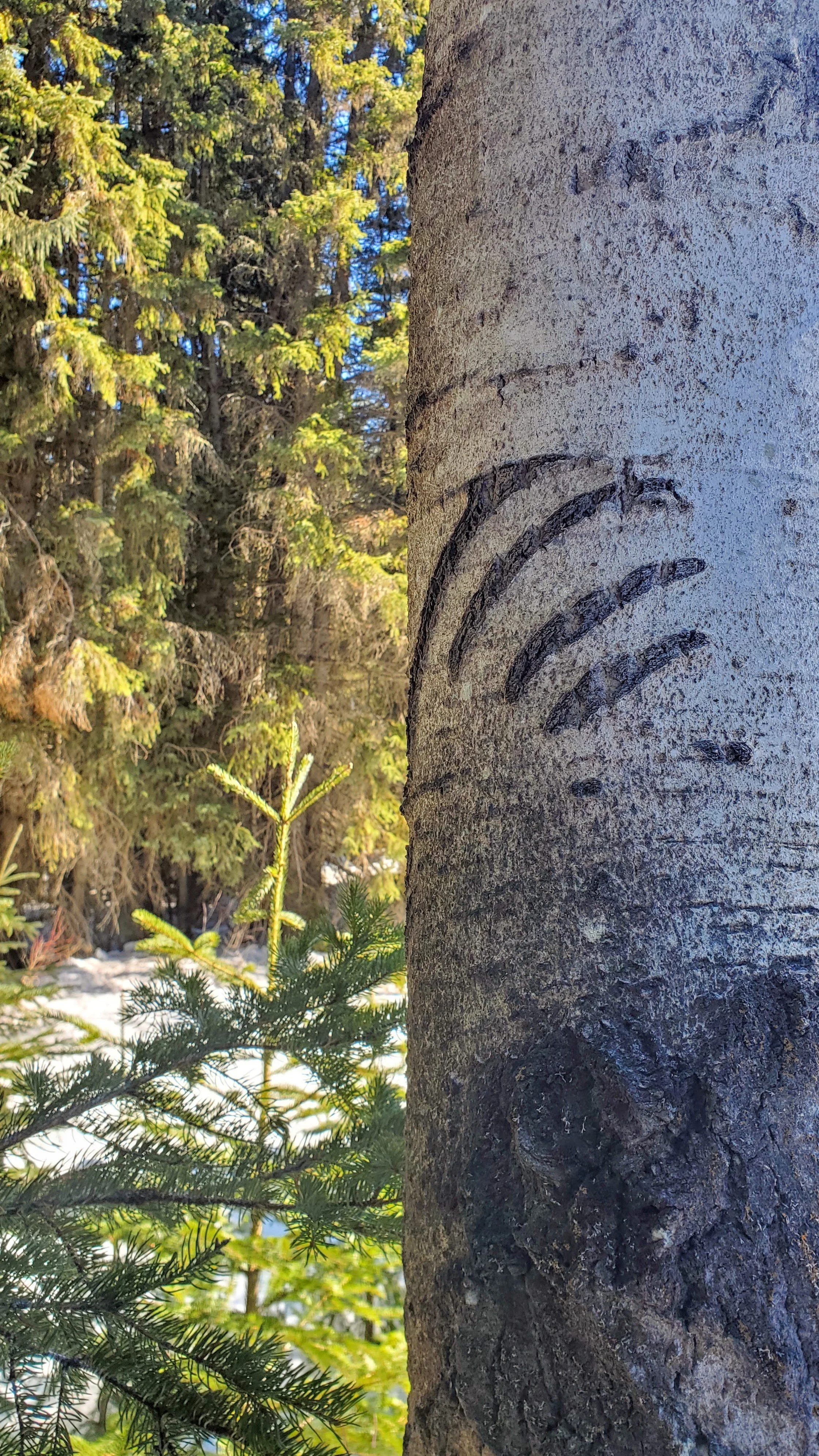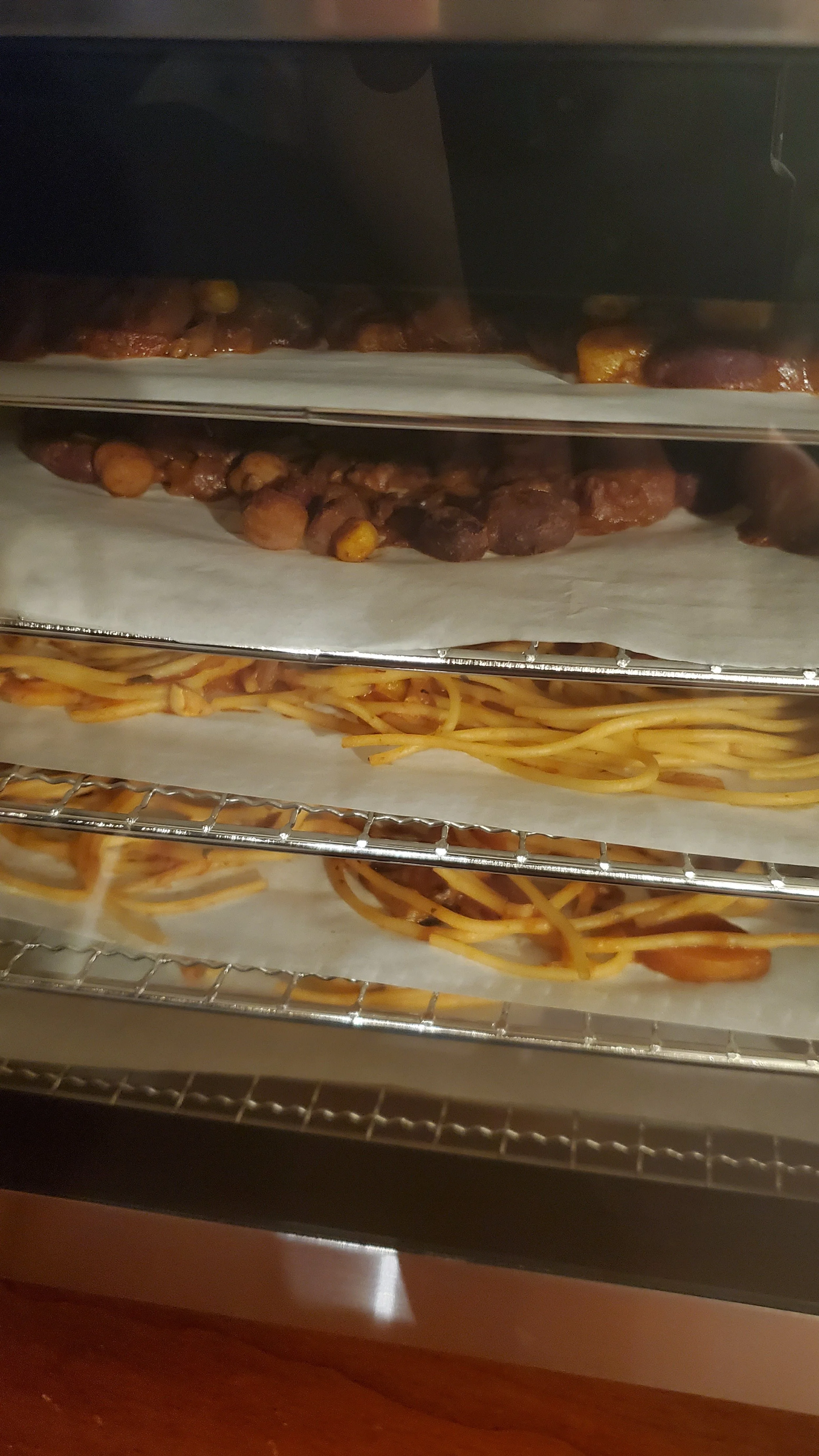Comfortably roosted in the corner chair, draped with a plush blanket, I read and enjoy my morning cup of coffee. The pages turn at no specified intervals. I interpret text on the page the way I perceive it, perhaps completely different than you. I’m content with the moment and my mind drifts.
“How many moments like this will I enjoy?”
The torrent of thoughts interrupts my reading. I follow along, my mind turns and churns, thoughts pushing up like spring Tulips. Beautiful and brief.
“How many books will I be able to read during my life?”
Existential.
As an adult at 28 years of age, I can comfortably say that I know what I like, I’ve been able to understand myself and my values. I know that I like to read. I discovered, for myself, that there are other worlds and depths of knowledge between the covers. I can confidently say that 20 books a year would be a comfortably achievable average for my reading.
I can also say that I am more than likely one third of the way through my life.
Assuming I am one third of the way along to our collective destinations, I have 60 years left to read….and live, of course. 1,200 books. The amount of books I have left to read. If you walk into any proper book store, there will be an excess of over 1,200 books.
Time for an exercise.
Close your eyes and picture one wall of a bookstore. That very may well be the amount of books you may ever get to read, all of the walls around you will forever be unknown, unopened. This is of course a metaphor, as you may not actually enjoy reading, but it certainly applies to something in your life.
60 years, may seem long, and it is, if you use a human-lifespan scale. On other scales, such as geologic, we are less than a blink. Think about 60 years ago, the ‘60’s! Leather vests, hippies, headbands, Hendrix, Woodstock, LSD, Race Riots, MLK.
60 years to me means 60 more: summers of a river's bliss, winters of freshly sheeted mountains, times to smell the first warm breeze of the year. The list goes on, but I try not to think about it too much.
To put this in perspective, I have another exercise for you. Stand up and find a place where you can walk a straight line for roughly 100’ or 30 meters and be able to see where you started. Take a deep breath before your first step, notice both feet on the ground, side by side, this represents the current moment. Begin to walk, taking note of each step, and how the weight of your body transitions to each foot, each year. Walk a total of (90 minus your age) steps. Turn around and reflect on where you came from. You can see where you started, it doesn’t look too far.
This is my realization, the Realization of the Finite. Life is short, it is limited and therefore all the more precious.
Go smell the roses, smile, give a hug, listen to the birds, feel the sun on your skin. Love.





